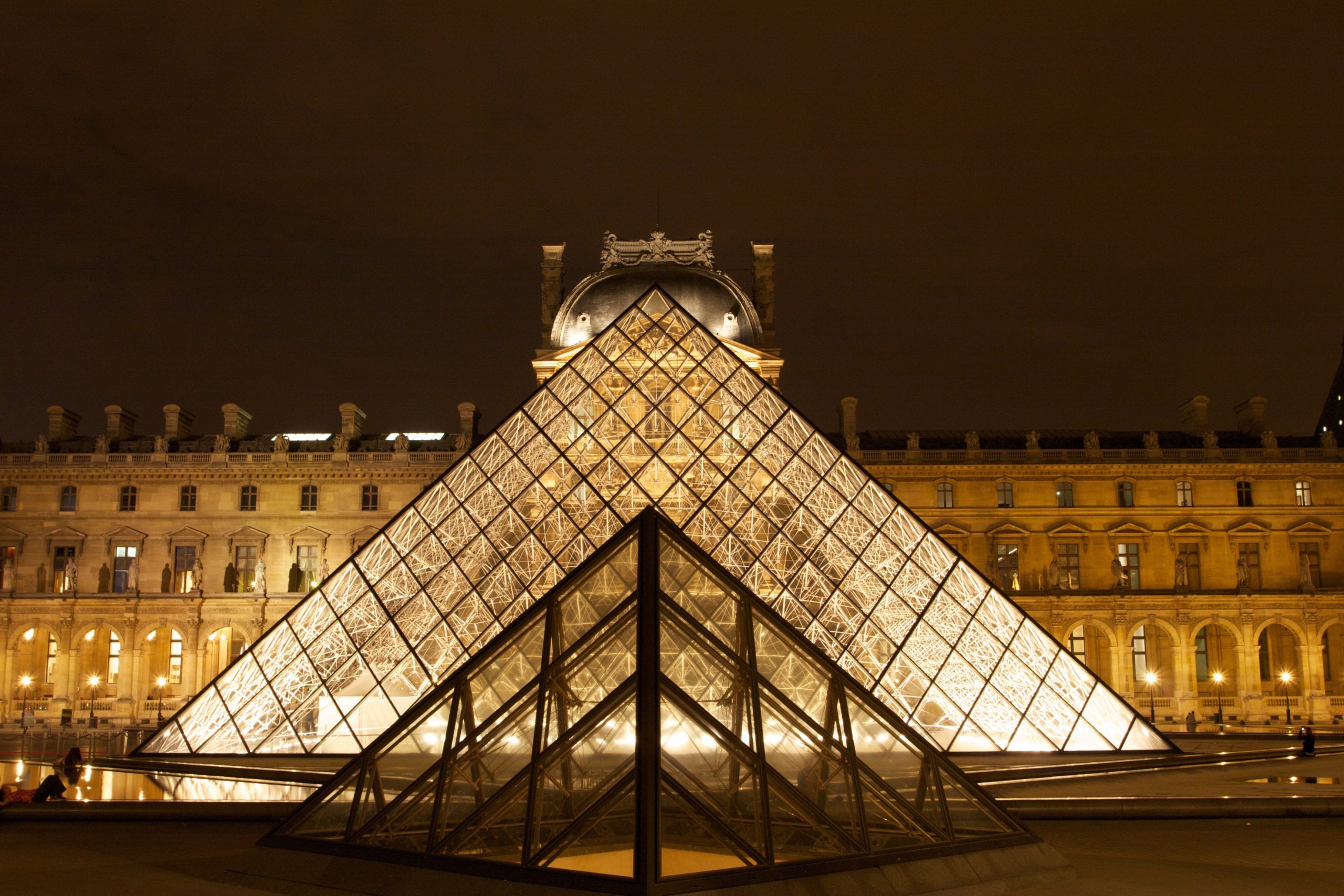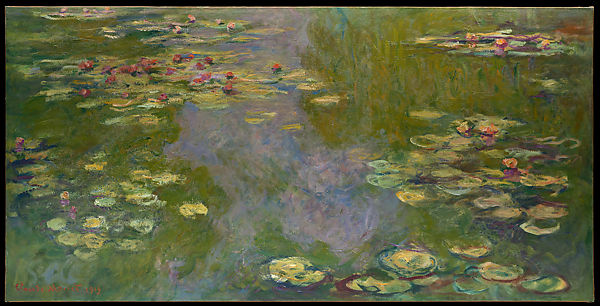
SEARCH
ARCHIVE

The practice of cosmetic medicine is all about making use of light. Without light, our discipline would not exist. Cosmetic medicine shares its reliance of light with the visual arts. From Vermeer’s Girl with the Pearl Earring, Monet’s Water Lilies, to Ansel Adams’ photographs of the Yosemite, it is these great artists’ ability to capture light that gives their works a luminous quality.



Everything that we see is the result of light. To put it simply, a light source, such as the sun, or artificial light, gives out light (photons). These photons bounce off the object (what we are seeing) into our retina, where cells become stimulated and signals get sent to the visual cortex in our brain. Our vision is mostly our brain’s interpretation of these visual stimuli.
Skin consists of two layers, the epidermis on the top and dermis on the bottom. Blood vessels and pigment cells (melanocytes) are found in the dermis whilst the epidermis is made up primarily of dead skin cells (stratum corneum). As we age, the appearance of our skin becomes more dull, more dehydrated, and with a more uneven complexion (there is more red and brown discolouration). There are a number of reasons for this. The epidermis thickens and skin surface becomes more rough, leading to more scattering of light. The dermis thins and the blood vessels and pigment become more visible.
One of the key physiological skin ageing changes is the gradual loss of hyaluronic acid with age. Hyaluronic acid is a carbohydrate (a polymer of sugar). It binds water and therefore keeps the skin hydrated. It has many roles including wound healing, cell migration, inflammatory response and cell signalling. It has been used as a dermal filler for almost two decades. Until recently, the use of these dermal fillers has mainly been structural, to mimic changes in facial bones and fat pads to lift, revolumise and reshape. Latest technological advances have allowed these dermal fillers to be formulated differently, allowing them for the first time, to be used to replace the age-related loss of hyaluronic acid from the dermis.
At Aesthetic Harmony, Dr Jennifer Leung uses a dermal filler specifically designed for the skin. To obtain optimum results, this dermal filler needs to be injected directly and accurately, in very small doses (micro aliquots) into the correct depth in the dermis. Dr Jennifer Leung uses her diagnostic ultrasound skill to determine the thickness of skin at various locations of the face, neck, décolletage and hands. She also uses a highly precise injection device that gives unprecedented control by allowing her to accurately dial in the exact volume per injection site. The result is long lasting hydration of the skin, hence the term ‘injectable skin moisturiser’. It gives mature skin the feeling of dewy softness that is usually associated with younger skin, and the quality of improved luminance.
Only one treatment is required which usually takes about an hour (this includes pre-administration of a topical anaesthetic cream). There is usually very little downtime.
The result of this treatment can be even more profound when other issues such as redness and brown discolouration are treated with our dedicated vascular laser (Excel V) or pigment laser (Enlighten III).
If you would like to find out more about Aesthetic Harmony’s ‘injectable moisturiser’ then please contact us for a consultation with Dr Jennifer Leung.